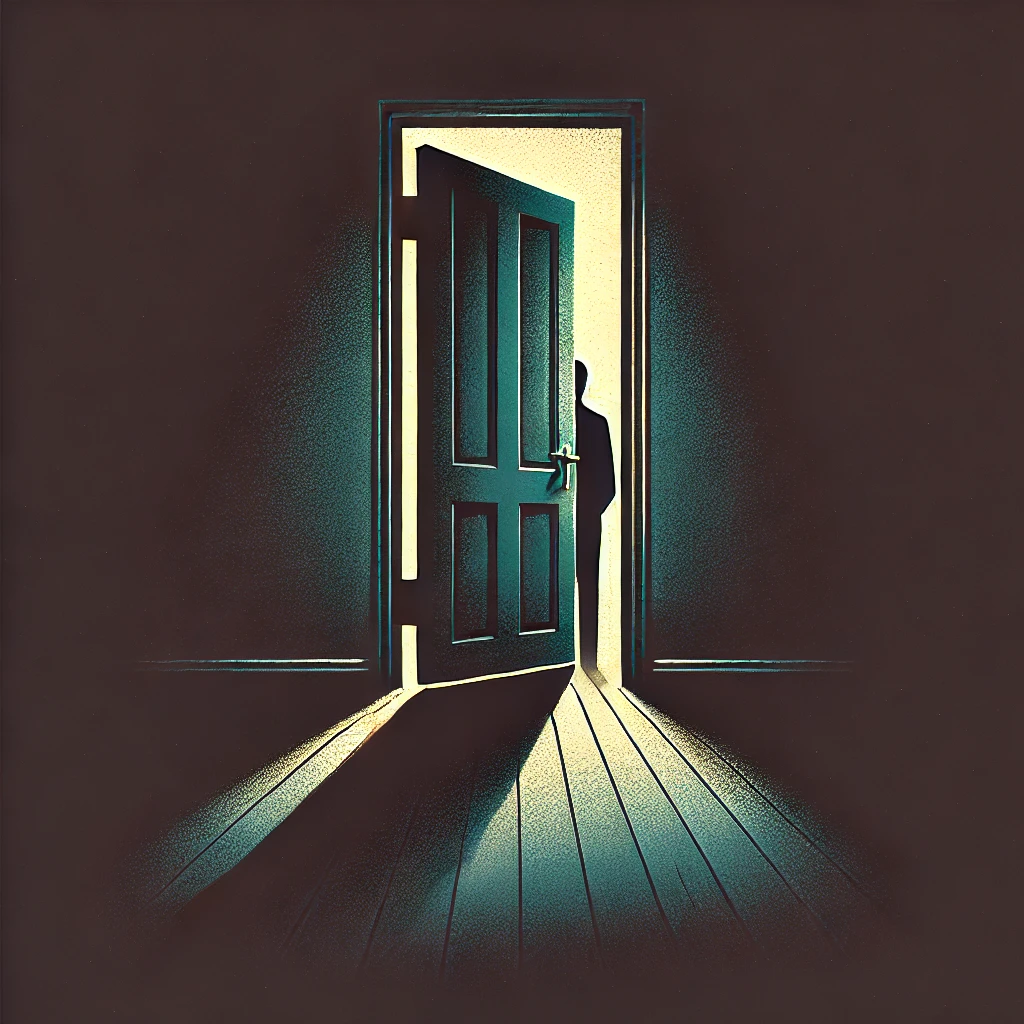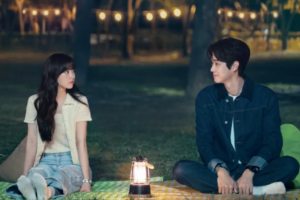In-Depth Review of “The Room Next Door”: A Cinematic Exploration
“The Room Next Door” has generated significant buzz in the film community since its release. As a cinematic piece, it challenges the conventional narrative structure and delves deep into themes of isolation, memory, and identity. In this in-depth review, we’ll explore various aspects of the film, including its plot, character performances, critical reception, and overall impact on audiences. Whether you’re contemplating watching the movie or seeking to understand it better, this comprehensive review covers everything you need to know.
Overview: The Room Next Door Review
“The Room Next Door” has been a topic of discussion among movie enthusiasts and critics alike. This film stands out not just for its unique storytelling but also for its intense emotional undercurrents. But does it live up to the hype? In this section, we’ll delve into the core elements that make up this cinematic experience.
Plot Synopsis and Thematic Depth
The plot of “The Room Next Door” centers around a solitary character who moves into a new apartment, only to discover that the room next door is more than it appears. What begins as a seemingly mundane existence gradually transforms into a psychological thriller, with the protagonist uncovering hidden secrets that challenge their perception of reality.
The film’s narrative explores themes of isolation, the boundaries of memory, and the fragility of identity. These themes are woven into the storyline in a way that keeps the audience guessing until the very end. The tension builds gradually, with each revelation adding a layer of complexity to the plot.
Character Performances: Analyzing the Cast
The performances in “The Room Next Door” are nothing short of remarkable. The lead actor delivers a nuanced portrayal of a person teetering on the edge of sanity, drawing viewers into their inner turmoil. The supporting cast also plays a pivotal role, adding depth to the story with their own subplots that intertwine with the main narrative.
In particular, the character interactions are laden with subtext, making each dialogue exchange a crucial piece of the puzzle. The chemistry between the cast members helps to convey the underlying tension and unease that permeates the film. This dynamic is especially evident in the scenes where the protagonist interacts with the mysterious figure next door, whose presence is both unsettling and intriguing.
Visuals and Cinematography: Creating the Atmosphere
The cinematography in “The Room Next Door” is a standout feature, contributing significantly to the film’s overall atmosphere. The use of lighting and shadows plays a critical role in creating a sense of claustrophobia and unease. The confined spaces within the apartment are shot in a way that amplifies the feeling of being trapped, both physically and mentally.
Moreover, the film employs a muted color palette that reflects the protagonist’s descent into uncertainty. The visuals are complemented by a haunting score that underscores the film’s darker moments, heightening the sense of dread as the story unfolds.
Critical Reception: The Room Next Door Critics and Reviews
Critics have had varied responses to “The Room Next Door”. While some praise its innovative approach to storytelling and its psychological depth, others have pointed out its deliberate pacing as a potential drawback. In this section, we’ll take a closer look at how the film has been received by different audiences and critics.
Rotten Tomatoes and IMDb Reviews
On Rotten Tomatoes, “The Room Next Door” has garnered a mix of positive and critical reviews. The film’s approval rating is high, with many reviewers praising its originality and the strong performances of the cast. However, some critics have noted that the film’s slow pace may not appeal to all viewers, particularly those expecting a more action-driven narrative.
Similarly, IMDb reviews reflect a range of opinions. While the film has a solid rating, the user reviews reveal a divide between those who appreciate the film’s cerebral approach and those who found it too abstract. The common thread among the positive reviews is an appreciation for the film’s ability to evoke strong emotions and provoke thought.
The Room Next Door Almodóvar Review: A Director’s Influence
Although not directed by Pedro Almodóvar, “The Room Next Door” has drawn comparisons to his work due to its psychological intensity and exploration of identity. Some critics have noted the influence of Almodóvar’s style in the film’s narrative structure and character development. The film’s focus on the internal struggles of its protagonist is reminiscent of Almodóvar’s exploration of complex human emotions.
While Almodóvar’s name is not directly associated with the film, the thematic parallels have sparked discussions among cinephiles, leading to a deeper analysis of the director’s influence on contemporary cinema. This comparison has, in turn, added a layer of intrigue to the film, drawing in viewers who are fans of Almodóvar’s work.
Plot Analysis: The Room Next Door Plot Review
One of the most compelling aspects of “The Room Next Door” is its plot, which unfolds like a psychological puzzle. In this section, we’ll break down the key elements of the plot and examine how they contribute to the film’s overall impact.
The Unraveling Mystery
The plot of “The Room Next Door” is centered around the protagonist’s discovery of a secret hidden within the neighboring room. As they delve deeper into this mystery, the line between reality and illusion begins to blur. The film employs a non-linear narrative, with flashbacks and dream sequences that add to the sense of disorientation.
Each plot twist is carefully crafted to keep the audience engaged, leading to a climax that is both unexpected and thought-provoking. The resolution of the mystery is open to interpretation, encouraging viewers to reflect on the themes of memory and identity long after the credits roll.
Themes of Isolation and Identity
Isolation is a central theme in “The Room Next Door”, both in a physical and emotional sense. The protagonist’s isolation in their new environment mirrors their internal struggle with identity and memory. The film explores how our sense of self is shaped by our surroundings and the people we interact with—or, in this case, the lack thereof.
Identity is another key theme, with the protagonist’s journey serving as a metaphor for the search for self-understanding. The room next door, with its secrets and hidden truths, symbolizes the aspects of ourselves that we keep locked away, only to confront them when we are forced to.
Audience and Critical Reception in 2024
As we move into 2024, “The Room Next Door” continues to be a topic of discussion among both audiences and critics. The film’s release has sparked conversations about its place in contemporary cinema and its potential impact on future psychological thrillers.
Audience Reactions
Audience reactions to “The Room Next Door” have been largely positive, with many viewers praising its ability to challenge their perceptions and provoke deep thought. The film’s slow-burn approach has been appreciated by those who enjoy films that require active engagement and interpretation.
However, some viewers have expressed frustration with the film’s ambiguous ending, which leaves certain plot points unresolved. This has led to a variety of theories and discussions online, with fans debating the true meaning of the film’s conclusion.
The Room Next Door in the Context of 2024 Cinema
In the context of 2024 cinema, “The Room Next Door” stands out as a film that pushes the boundaries of the psychological thriller genre. Its exploration of themes such as isolation and identity resonates with contemporary audiences, particularly in a time when these issues are increasingly relevant.
The film’s reception also reflects a growing trend in cinema towards more introspective and character-driven narratives. As audiences seek out films that offer more than just surface-level entertainment, “The Room Next Door” provides a cinematic experience that is both challenging and rewarding.
The Room Next Door Review Summary
“The Room Next Door” is a film that defies easy categorization. It combines elements of psychological thrillers with a deep exploration of human emotions and identity, resulting in a cinematic experience that is both unsettling and thought-provoking. The film’s strengths lie in its strong performances, innovative cinematography, and a plot that keeps the audience guessing until the very end.
Whether you’re a fan of psychological thrillers or simply looking for a film that challenges your perceptions, “The Room Next Door” is well worth a watch. Its ability to evoke strong emotional responses and provoke deep thought makes it a standout entry in the 2024 film landscape.
For more in-depth reviews and analyses of the latest films, visit Regent Studies. Stay informed and engage with the most compelling discussions in contemporary cinema.
In conclusion, “The Room Next Door” offers a cinematic journey that explores the depths of isolation, memory, and identity, making it a film that will stay with you long after you’ve left the theater. Whether you’re reading The Room Next Door review to decide if it’s worth watching or to deepen your understanding of the film, this in-depth analysis provides all the insights you need.




